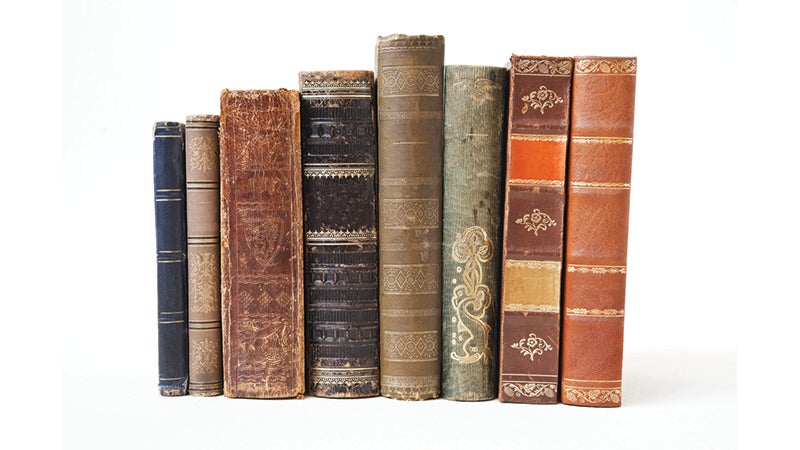This month in history 3/16 to 3/31
Published 8:30 am Sunday, March 20, 2022
|
Getting your Trinity Audio player ready...
|
In 1778—during the Revolutionary War–a fort was constructed along the Hudson River in Upstate New York. Known as West Point, it played a critical role—then and now– in the defense of the country. On March 16, 1802, an act of Congress declared it to be the home of the U.S. Military Academy [USMA].
According to the official USMA history, General George Washington recognized the strategic importance of West Point’s commanding plateau, and called on Thaddeus Kosciuszko, a Polish military officer and engineer, to design fortifications that would support America during its campaign to achieve independence.
Washington also envisioned its transition into a military school. In 1783 he penned a document called, “Sentiments on a Peace Establishment,” and wrote: “A Peace Establishment for the United States of America may in my opinion . . . [include] Academies, one or more for the Instruction of the Art Military; particularly those Branches of it which respect Engineering and Artillery, which are highly essential, and the knowledge of which is most difficult to obtain.”
For more information, the Grateful American Book Prize recommends West Point History of the American Revolution by The United States Military Academy.
###
Each year—since 1912– tourists from all over the world have visited Washington D.C. to catch a glimpse of the cherry blossoms.
Cherry trees are not native to the United States, but they are in Japan. First Lady Helen Taft spent a good portion of her time there when her husband, William Howard Taft, was President of the Philippine Commission. Her friend and socialite, Eliza Scidmore, knew of Mrs. Taft’s love of the cherry blossoms, and suggested that Japan create a field of them as a gift to the people of Washington D.C. Ms. Scidmore even helped finance the endeavor. When the Japanese consul in New York heard of the plan, he endorsed it.
In June of 1910, 2,000 cherry trees arrived from the Japanese government, but they didn’t take; two years later, another 3,020 appeared—from an anonymous Japanese citizen.
The Grateful American Book Prize recommends Cherry Blossoms: Sakura Collections from the Library of Congress by Mari Nakahara and Katherine Blood.
###
The 15th Amendment, ratified on February 3, 1870, states: “the right of citizens of the United States to vote shall not be denied or abridged by the United States or by any State on account of race, color, or previous condition of servitude.” The following day, Thomas Peterson-Mundy of Perth Amboy, NJ became the first African American to vote in an election to determine whether to revise–or abandon– its township.
That year was replete with triumphs for bygone slaves. “Hiram Rhodes Revels, a Republican from Natchez, MS, became the first African American ever to sit in Congress. Although African American Republicans never obtained political office in proportion to their overwhelming electoral majority, Revels and a dozen other African American men served in Congress during Reconstruction, more than six hundred served in state legislatures, and many more held local offices,” according to History.com.
The Grateful American Book Prize recommends Stolen Justice: The Struggle for African American Voting Rights by Lawrence Goldstone.






